What’s Behind the Dreaded Dress Code?
Students complain about certain rules, but administration says they are necessary to maintain a proper learning environment.
On the first day of school, Freshman Emily Warkentin carefully chose the shorts she would wear — cute black ones with lace on the bottom. She spent most of the day in homeroom, as is customary the first day, receiving a few compliments on the shorts from her friends.
She wore the shorts again a few days later, but this time it was her homeroom teacher who commented on them — and not in a positive way. The teacher said they were too short. When she got to the office, administrators made her do the “fingertip test”, placing her arms at her side to see if the shorts fell below the ends of her fingertips. They did not, so she had to call her mom to bring her pants.
Emily felt she was unfairly “dress-coded”. For one, she says, she has longer arms than a lot of people. Also, the punishment seemed inconsistent to her.
“I wore the same pair of shorts that I wore on the first day of school, so I thought it would be OK to wear them again,” Emily said. “I also thought it was unfair because I saw another girl wear the same exact thing and she didn’t get dress-coded.”
Emily’s complaints echo those of a lot of students. They wonder what the rationale is behind many of the dress-code rules, and some feel they limit freedom of expression and individuality.
Principal Dr. Brett Cooper says the overall rationale of the dress code is “to make sure the educational environment is not interrupted”.
This means that a student’s clothing should not distract other students because it is too revealing, offensive, or incites violence or bad behavior.
“Not disrupting the school environment trumps individual rights,” he said. “We want students to be able to express themselves, but some things can disrupt the education environment.”
Some also say the rules seem sexist or biased.
“It seems like girls get dress coded way more than guys,” Freshman Ashley Homa said. “Guys can definitely get away with wearing more exposing shirts and other things.”
Senior Jessica Trout says she was dress coded for showing too much skin with a tank top and because her leggings had a hole in them.
“They told me the one hole in my leggings was inappropriate and might be distracting,” Trout said. “How is one hole distracting?”
The complete dress code can be found in the student handbook, but rules people most complain about are:
- Excessively torn or ripped clothing is not permitted.
- Tops may not be “low cut” or exposing.
- Off the shoulders shirts/tops, midriffs, and backs are not permitted to be exposed.
- The following are unacceptable school attire:
- tank tops/muscle shirts
- spaghetti strap/halter/mesh tops
- fishnet stockings
- see-through blouses or shirts
- tube tops/crop tops
- any top that is skin tight or allows the midriff, cleavage or undergarments to be exposed
- All shorts, skirts, skorts and slits in skirts must touch the bottom of the fingertips with arms fully extended.
Sophomore Luke Rothenberger said these rules seem to apply to girls more than guys.
“I personally have never heard of a guy being dress-coded,” he said. “It’s just not the norm.”
Dr. Cooper said the dress code was actually changed to try to make it more gender equitable. It used to differentiate between what’s not allowed for males and females, but now the rules apply to everyone equally.
“We wanted to make everything equal,” he said.
A rule that guys do seem to get dress-coded for more is wearing a hat.
Sophomore Joshua Custer was recently walking in the hallway to use the bathroom when he was stopped by Security Officer Ms. Theresa Curly and told to take off his camouflage baseball cap.
“I think it’s so stupid that she made me take it off,” he said.
Mrs. Curly said the reason students cannot wear a hat is for security reasons.
“It blocks a person’s face from the camera,” she said.
Dr. Cooper admits enforcing the code can be subjective and interpreted in different ways: “It can be hard to make sure what students wear is appropriate, because there are many students to keep track of.”
He said the decision to make someone change clothing deemed inappropriate is not made by one person. Every student who is sent down to the office is not forced to change, he said.
“When students come down, we evaluate the situation and determine if the student is fine or if they have to change,” he said. “Many times the student is not in violation.”
However, he believes the code does work in that it catches students who consistently wear inappropriate clothing.
“If the same individual is violating the dress code they will eventually be caught,” he said.

Kayley Mattis is a freshman in the journalism class. Her future goals are to become a physician assistant or any profession in the medical field. She enjoys...

Nick Ruppert is a sophomore in the journalism class. He was involved in the West Press for one year. Nick is involved in the school yearbook, SADD and...

Hailey Swoyer is a freshman in the journalism class. She likes journalism because she loves writing and interacting with people, and journalism is a combination...

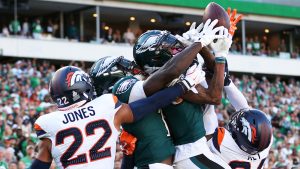

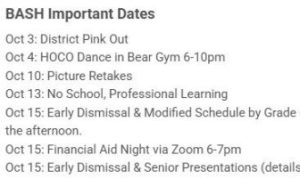












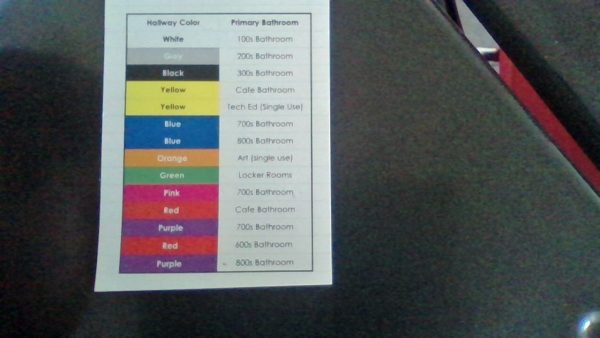
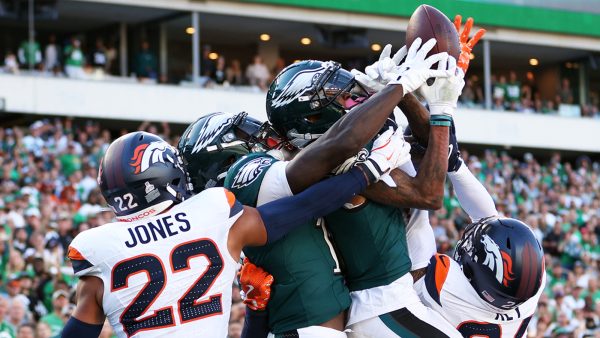
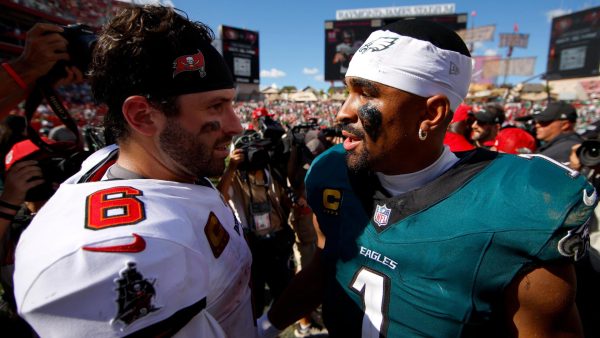
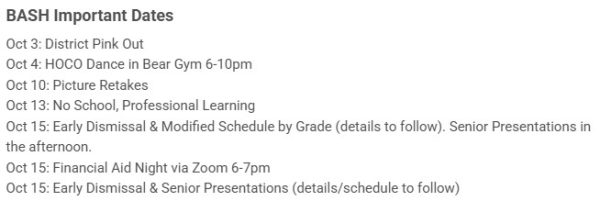


Colby • Jun 6, 2018 at 10:04 am
Hey Nick, mom says its my turn to play the Xbox
Gabby Ziegler • Apr 13, 2018 at 8:18 am
This was so inspiring. Oh yeah, I Nick!!!